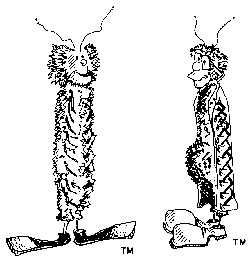| The VMOSFET (Vertical Metal Oxide Semiconductor Field-Effect Transistor)
is a step toward the ideal circuit element. In the evolution of solid-state
technology, VMOS devices follow the bipolar junction transistor, the field
effect transistor, and the CMOS. The VMOSFET has impressive characteristics,
such as high input impedances, nanosecond switching times, low feedback
capacitance, no thermal runway or second breakdown, high transconductance,
and low on-state voltage. The VMOSFETs overcome the severe nonlinearities,
frequency, and switching speed limitations of the bipolar device, and the
poor linearity and high on-state voltage of conventional MOS devices. This
book begins by comparing the VMOS to ideal characteristics. This is followed
by a discussion of the theory of semiconductor operation, applications
and limitations of VMOS devices, basic circuit configurations, audio circuit
applications, radio frequency applications, power supply applications,
microcomputer applications, and large scale integration devices. Chapter
11 lists the rules for setting up experiments, format for the experiments,
equipment required for the experiments, and takes you step-by-step through
nine experiments that are designed to illustrate the measurement of several
VMOS device parameters and amplifier circuits. Appendix A contains a glossary
of terms used in this book, and Appendix B contains reproduced manufacturers'
data sheets. |



